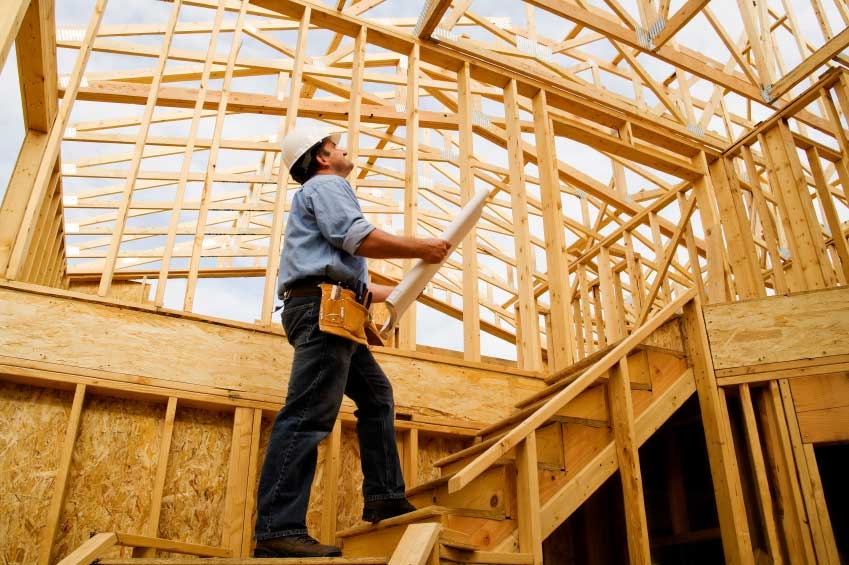
5 Ways to Build a Resilient Home
Houck Construction, Inc. has been building in Malibu for over 20 years. We would like to collaborate with homeowners and architects on rebuilding homes that will have the best chance of surviving the next fires, with some of the following recommendations:
- For siding, specify non-flammable material, such as fiber-cement siding, Cultured Stone, brick, or stucco. Avoid untreated wood.
- Use a fire-rated material, such as standing seam, tile, slate, or cementitious composite roofing. If you must use wood shakes, apply a good fire treatment but inform owners that the treatment is only good for a limited time (usually five years or so). A steeper roof pitch has much better fire resistance than a flat one. Burning embers roll off before they have time to burn through. Clean gutters regularly to maintain fire safety. Steer away from acrylic skylights. They can quickly melt and leave a gaping hole in the roof. Add non-flammable shutters.
- Entry points and windows. To keep flaming material from finding a way into the inner recesses of the home, critical areas should be covered with a 1/8-inch wire mesh. These include soffit vents, gable end vents, and even dryer vents. Consider tempered glass, instead of single pain or double-pain windows. Sliding doors that are tempered and insulated and have been found to withstand heat longer than standard plate glass.
- Wood decks often provide fuel for wildfires and ignite the house. If you do use wood, it should be treated against fire. Better yet, consider building with composites, which may spread fire less quickly. Also, look at concrete products and think about terracing and landscaping as an alternative to a traditional wood deck. Put metal screening around the crawlspace beneath the deck, to keep fire and embers out.
- Landscaping & Fences. Wildfire generally moves faster uphill, with longer flames than on level ground. Rate of fire spread may double for every 20-degree increase in slope. Maintain “fuel-free” area of landscaping around the home. Keep dead or flammable vegetation well clear of outbuildings and the main house. Place shrubs at least 20 feet from structures. Flammable wooden fences can act like an incendiary fuse, leading flames directly to the house. Create a firestop of masonry between the house and the fence–or simply build the fence of masonry or metal components.

